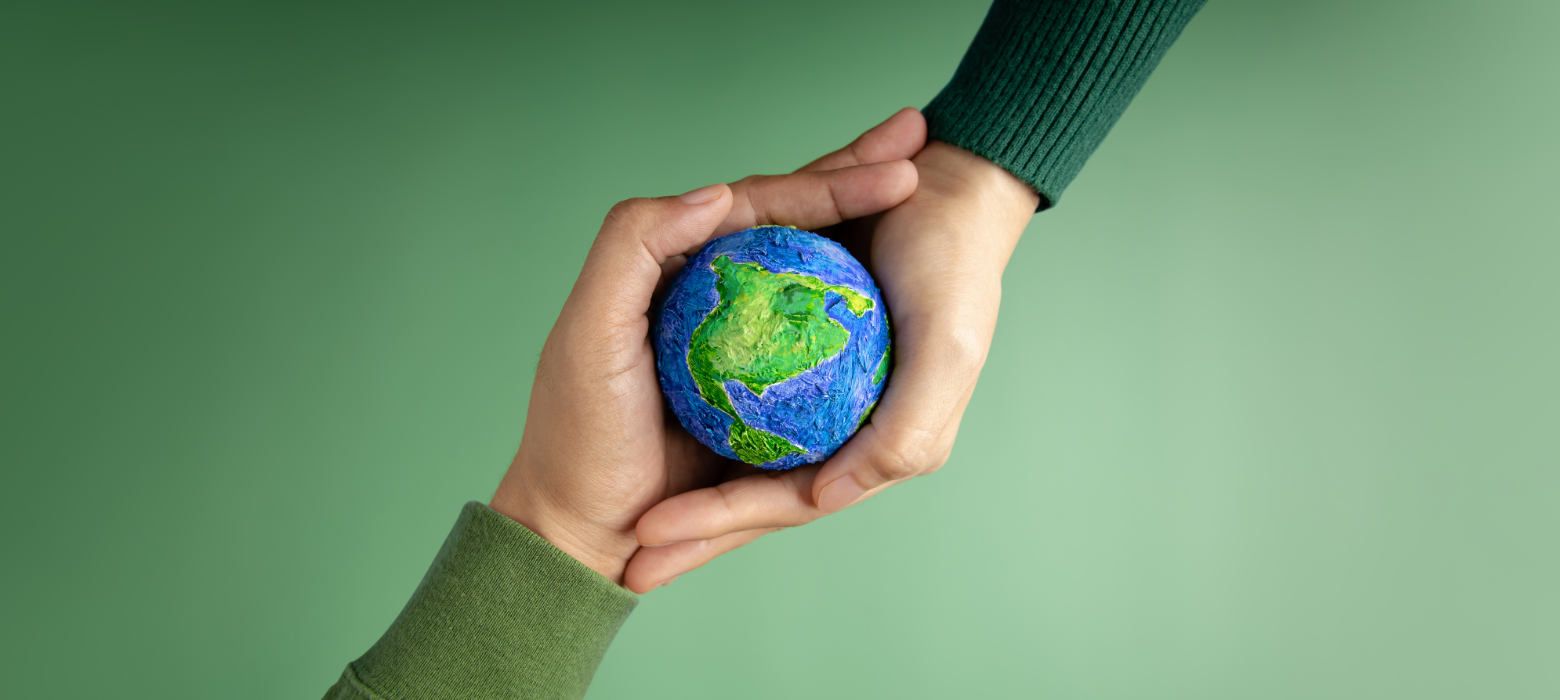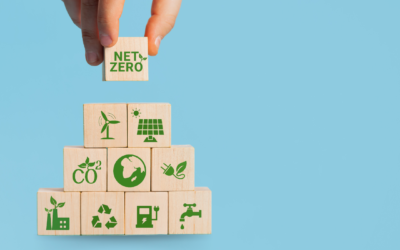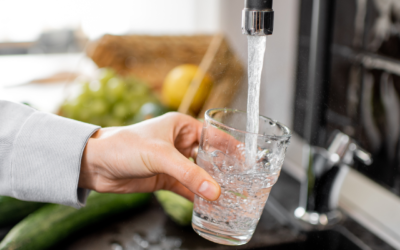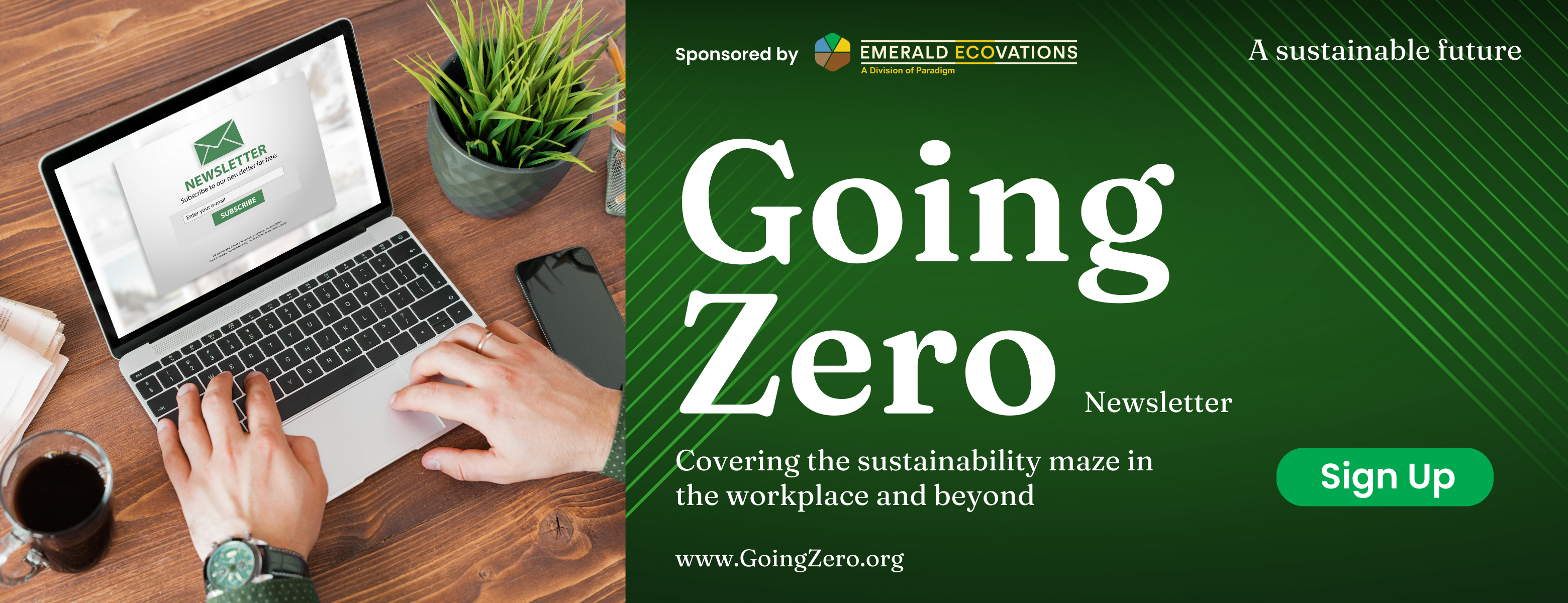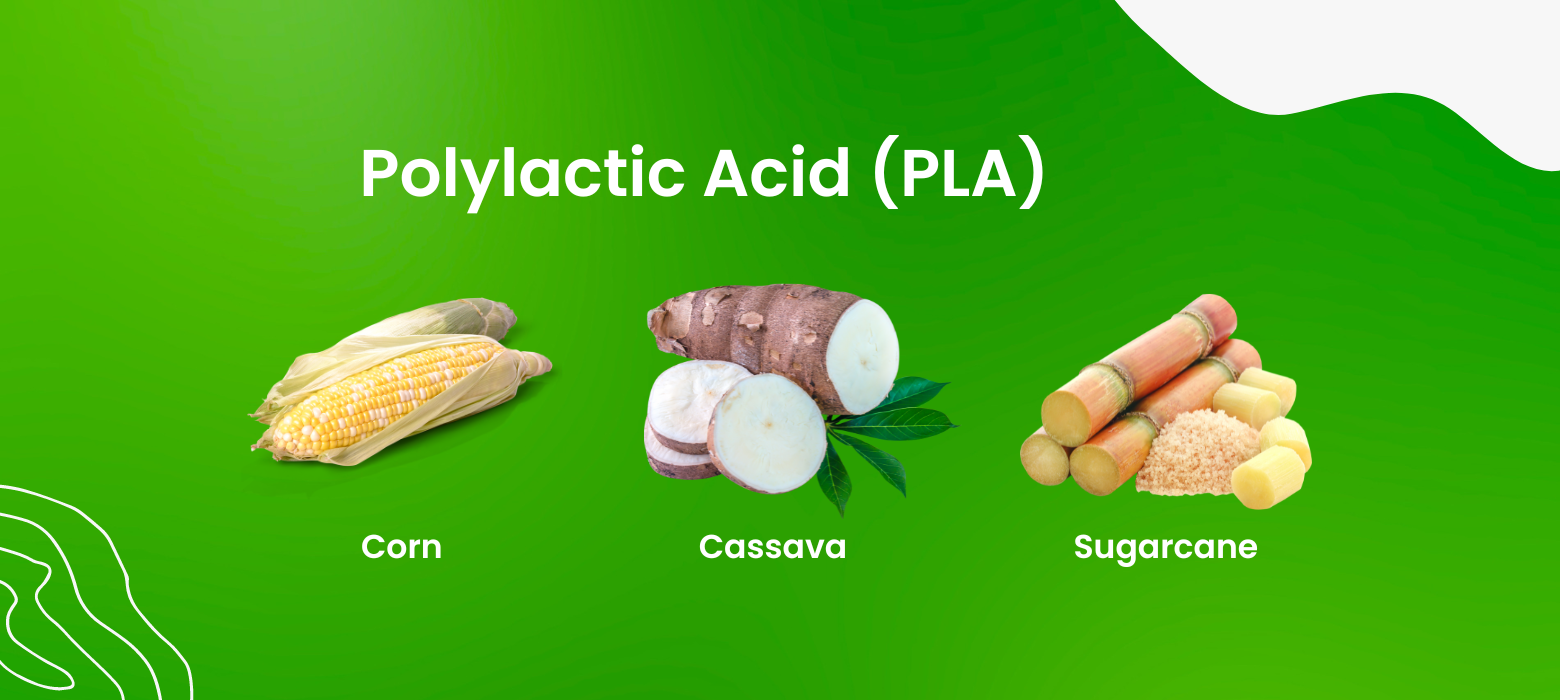
On the path to sustainability, consumers and businesses are constantly on the lookout for materials that can reduce our carbon footprint and mitigate the environmental damage wrought by centuries of reliance on conventional plastics.
Enter Polylactic Acid (PLA), a plastic alternative that has been heralded as a better alternative to traditional petroleum-based plastics.
Is PLA truly the sustainable champion we’ve been waiting for, or does it come with its own set of challenges? Let’s delve into the world of PLA vs. traditional plastics and uncover the truth behind these materials.
Understanding PLA
Polylactic Acid or PLA is a biodegradable and bioactive thermoplastic derived from renewable resources like corn starch, cassava roots, chips, or sugarcane. This makes it stand out from traditional plastics which are made from non-renewable petroleum.
The Science Behind PLA
To appreciate the significance of PLA, we need to delve into the science that makes it so special. The process begins with the fermentation of plant-based materials to produce lactic acid. This lactic acid is then converted into lactide, which is further polymerized to create polylactic acid. The result is a plastic-like material that can be molded into a variety of shapes and used in countless applications.
Benefits of Using PLA
One of the key advantages of PLA is its biodegradability. When disposed of properly, PLA products can break down into natural elements within a few months to a few years—a stark contrast to conventional plastics that linger for centuries. The most laudable advantage of PLA is its smaller carbon footprint.The production of PLA uses 68% fewer fossil fuel resources compared to traditional plastic production.

Applications of PLA
Given its versatile nature, PLA has found its way into many facets of our daily lives. Let’s explore some of the most prominent applications:
- Packaging: From food containers to disposable cups and utensils, PLA provides a more sustainable alternative to styrofoam and other single-use plastics. Its barrier properties help in preventing spoilage and extending shelf life while being more sustainable.
- Medical: PLA’s bio-compatibility has made it a material of choice for medical implants and sutures. Its ability to safely break down within the body eliminates the need for additional surgeries to remove implants, thus reducing medical waste and patient risk.
- Textiles: The textile industry appreciates PLA for its ability to be spun into fibers for clothing, upholstery, and other fabrics.These PLA-based textiles offer a more environmentally friendly option for consumers and businesses seeking to avoid petroleum-based fibers like polyester.
- 3D Printing: With the rise of additive manufacturing, PLA has become the go-to bioplastic for 3D printing enthusiasts due to its ease of use and good resolution.
The Environmental Benefits of PLA
- Biodegradability: PLA is celebrated for its ability to decompose under industrial composting conditions, breaking down into water and carbon dioxide within a few months, unlike conventional plastics that can take hundreds of years to decompose.
- Reduced Carbon Footprint: The production of PLA generally results in lower greenhouse gas emissions compared to its petroleum-based counterparts. Since it’s derived from plants that absorb CO2 as they grow, the overall carbon footprint is further offset.
- Less Toxicity: The production and disposal of PLA result in fewer toxins released into the environment, making it a safer option for both consumers and the planet.
Challenges Faced by PLA
- Compostability Caveats: PLA’s touted biodegradability comes with a catch—it requires industrial composting facilities that maintain high temperatures and specific humidity levels. In the absence of such facilities, PLA will linger in the environment much like traditional plastics.
- Competition with Food Supply: Since PLA is often made from food crops, there’s a concern that its production could potentially compete with the agricultural space needed to grow food, contributing to food scarcity issues.
- Recycling Hurdles: Recycling PLA presents its own set of challenges, as it can’t be processed with conventional plastics without contaminating the recycling stream. Specialized facilities are required, which are not as widespread as regular recycling plants.
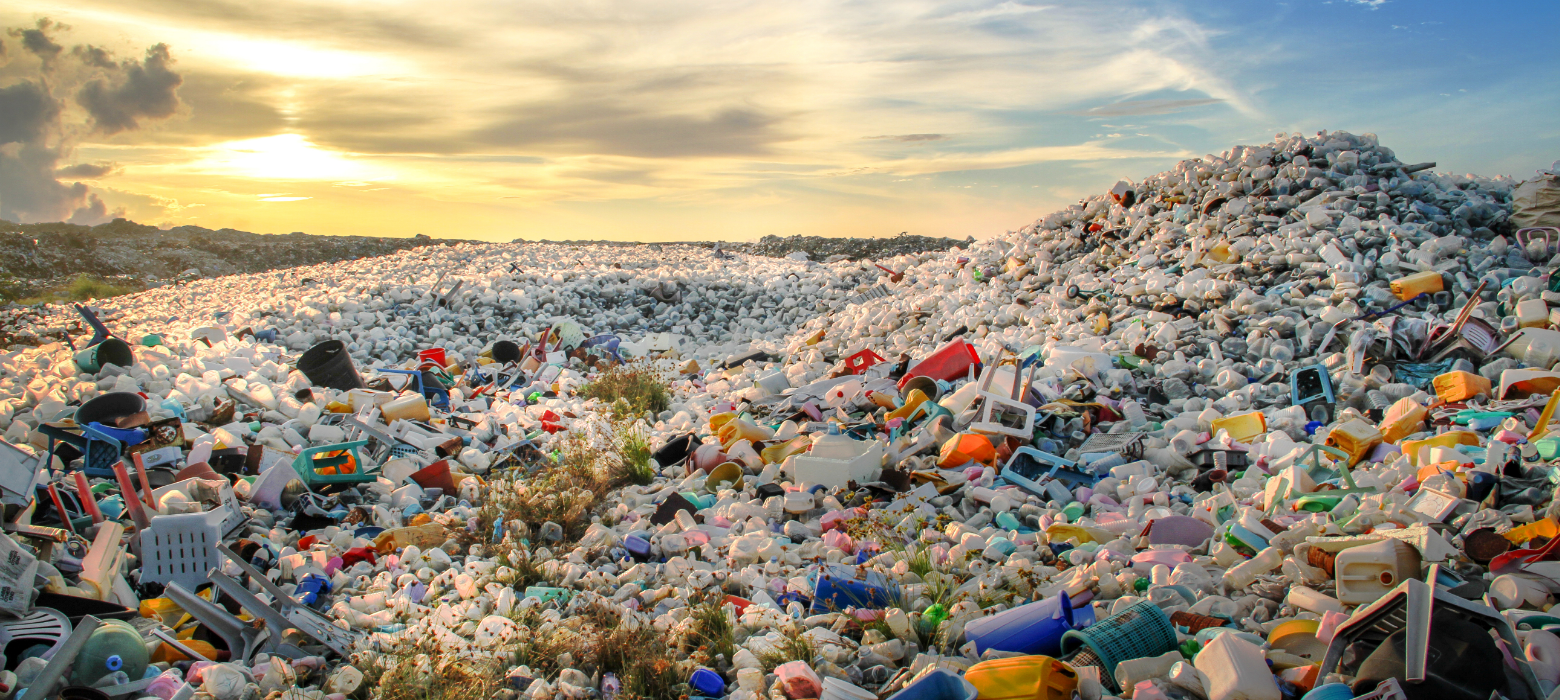
Traditional Plastics: A Persistent Problem
Despite advancements in recycling technologies and increased awareness of the environmental impacts, traditional plastics remain a persistent problem due to their durability, cost-effectiveness, and versatility.
These same benefits contribute to the significant environmental concerns associated with plastic pollution, including:
- Longevity: Traditional plastics can last for centuries without breaking down, leading to accumulation in landfills and oceans.
- Pollution: The production, usage, and disposal of plastics contribute to environmental pollution, releasing harmful chemicals and microplastics into ecosystems.
- Resource Intensity: Manufacturing plastics is an energy-intensive process that relies on finite fossil fuels, contributing to resource depletion and climate change.
- Cost of Recycling: It’s typically cheaper to create and use virgin plastic than it is to recycle plastic. As a result, most plastic is NOT RECYCLED.
Evaluating the Pros and Cons
Both PLA and traditional plastics have their advantages and drawbacks. PLA offers a sustainable profile but poses challenges in terms of compostability, potential food supply impact, and recycling.
Traditional plastics, on the other hand, while currently indispensable in many industries, come with considerable environmental baggage.
Finding a Middle Ground
The key to leveraging the benefits of both PLA and plastic lies in finding a balance that aligns with sustainable practices. Innovations in composting technology, the development of better waste management systems, and increased consumer education could play vital roles in this transition.
As we examine the showdown between PLA and traditional plastics, it’s clear that we need to either improve PLAs or find another sustainable alternative to end dependence on petroleum-based plastics. The future demands a nuanced approach—embracing the advantages of PLA when appropriate, improving recycling/composting systems and infrastructure for both PLA and traditional plastics, and ultimately, striving towards a circular economy where waste is minimized, and resources are reused efficiently. Every small action contributes to the larger goal of sustainable living.
The narrative isn’t just about PLA vs. plastic; it’s about us, as a community, working together to find solutions that pave the way for a more sustainable future. Through collective effort and shared responsibility, we can ensure that the materials we use today leave a positive legacy for generations to come.
Related Articles
Energy and Sustainability
Understanding and integrating sustainable energy solutions is essential for businesses maintaining competitive advantage and ensuring long-term viability.
Environmental Aspects of Sustainability
When examining the environmental aspects of sustainability, the focus intensifies on three critical natural resources: water, forests, and biodiversity.
Global Importance of Sustainability
Explore the historical evolution of sustainability, the current environmental challenges we face, and the global benefits that sustainable practices offer.
The Evolution of Sustainability: A Historical Perspective
Sustainability aims to balance environmental, social, and economic needs, and has a rich and varied evolution that predates modern environmental movements.
Sustainability in Business
The importance of sustainability has escalated due to increasing environmental awareness, and due to the direct benefits it offers businesses in terms of growth.
New PFAS Tap Water Regulations and The EPA
There’s an invisible threat in our tap water known as per- and polyfluoroalkyl substances (PFAS) These “forever chemicals” persist in the environment and our bodies.

